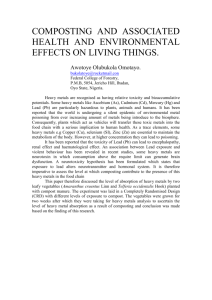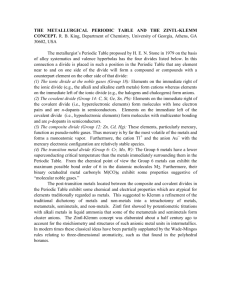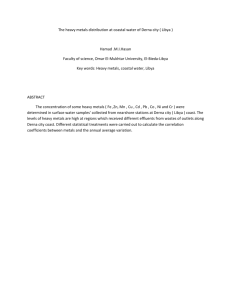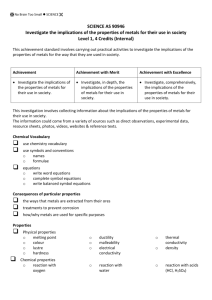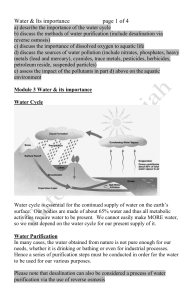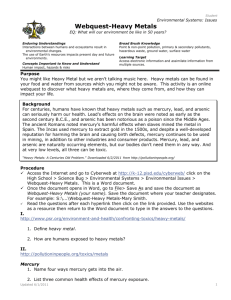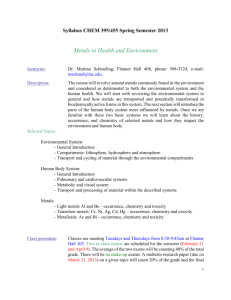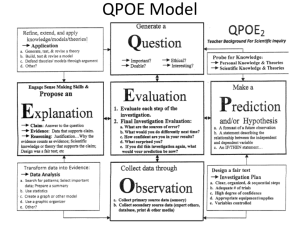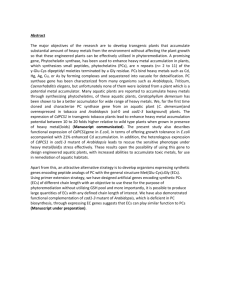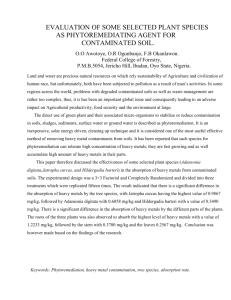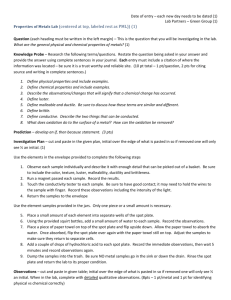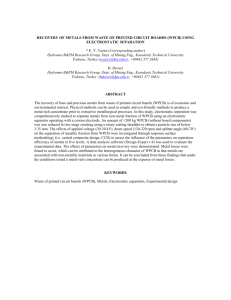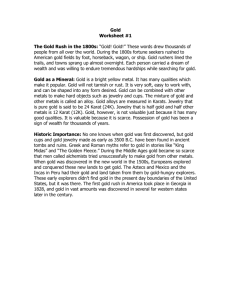Metal Biouptake: The Complicated Case of Mercury
advertisement
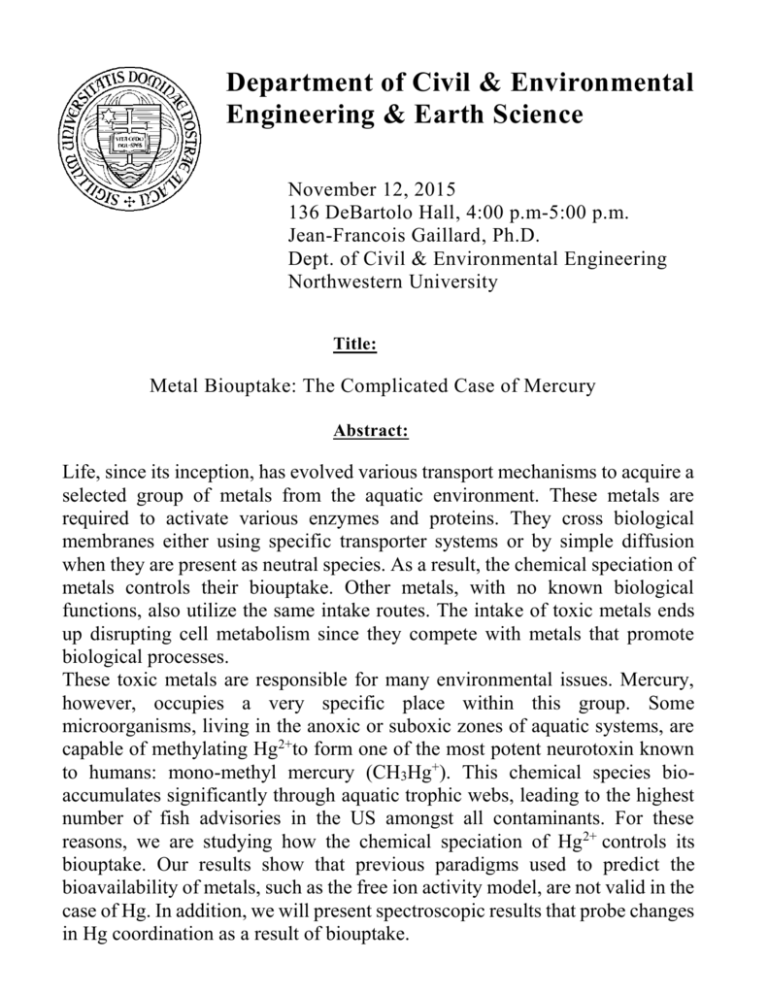
Department of Civil & Environmental Engineering & Earth Science November 12, 2015 136 DeBartolo Hall, 4:00 p.m-5:00 p.m. Jean-Francois Gaillard, Ph.D. Dept. of Civil & Environmental Engineering Northwestern University Title: Metal Biouptake: The Complicated Case of Mercury Abstract: Life, since its inception, has evolved various transport mechanisms to acquire a selected group of metals from the aquatic environment. These metals are required to activate various enzymes and proteins. They cross biological membranes either using specific transporter systems or by simple diffusion when they are present as neutral species. As a result, the chemical speciation of metals controls their biouptake. Other metals, with no known biological functions, also utilize the same intake routes. The intake of toxic metals ends up disrupting cell metabolism since they compete with metals that promote biological processes. These toxic metals are responsible for many environmental issues. Mercury, however, occupies a very specific place within this group. Some microorganisms, living in the anoxic or suboxic zones of aquatic systems, are capable of methylating Hg2+to form one of the most potent neurotoxin known to humans: mono-methyl mercury (CH3Hg+). This chemical species bioaccumulates significantly through aquatic trophic webs, leading to the highest number of fish advisories in the US amongst all contaminants. For these reasons, we are studying how the chemical speciation of Hg2+ controls its biouptake. Our results show that previous paradigms used to predict the bioavailability of metals, such as the free ion activity model, are not valid in the case of Hg. In addition, we will present spectroscopic results that probe changes in Hg coordination as a result of biouptake.



